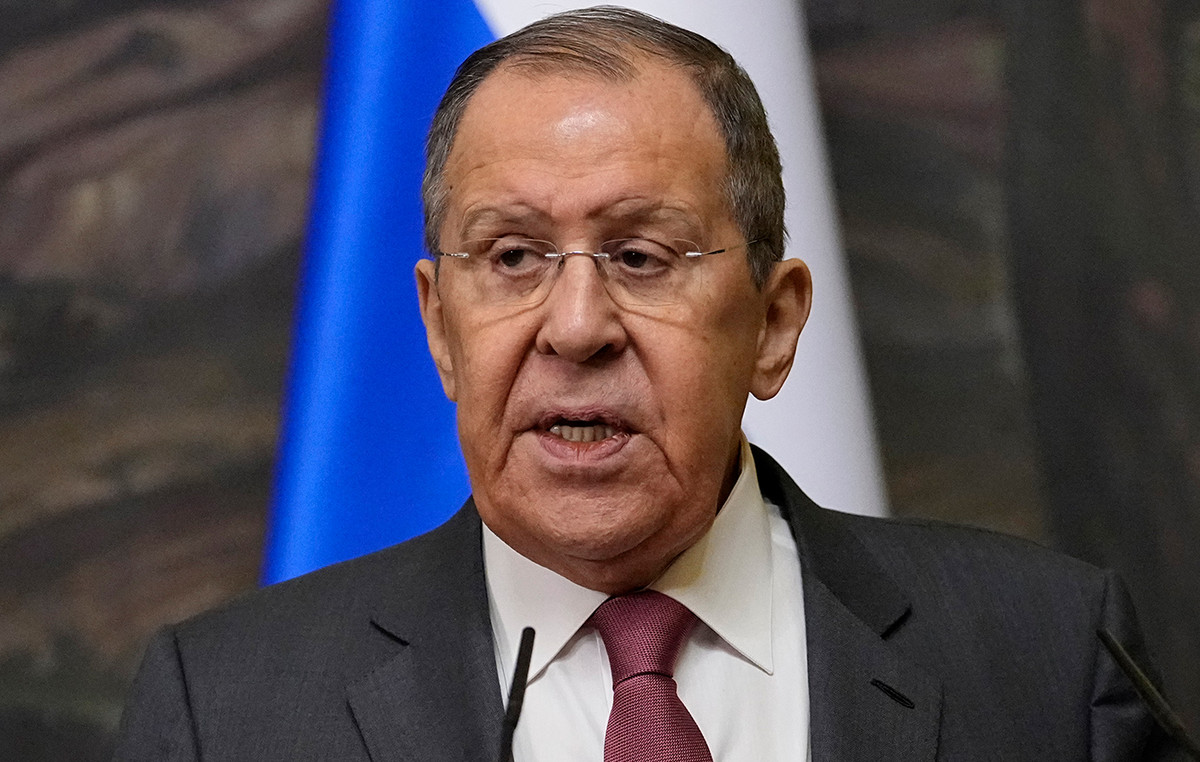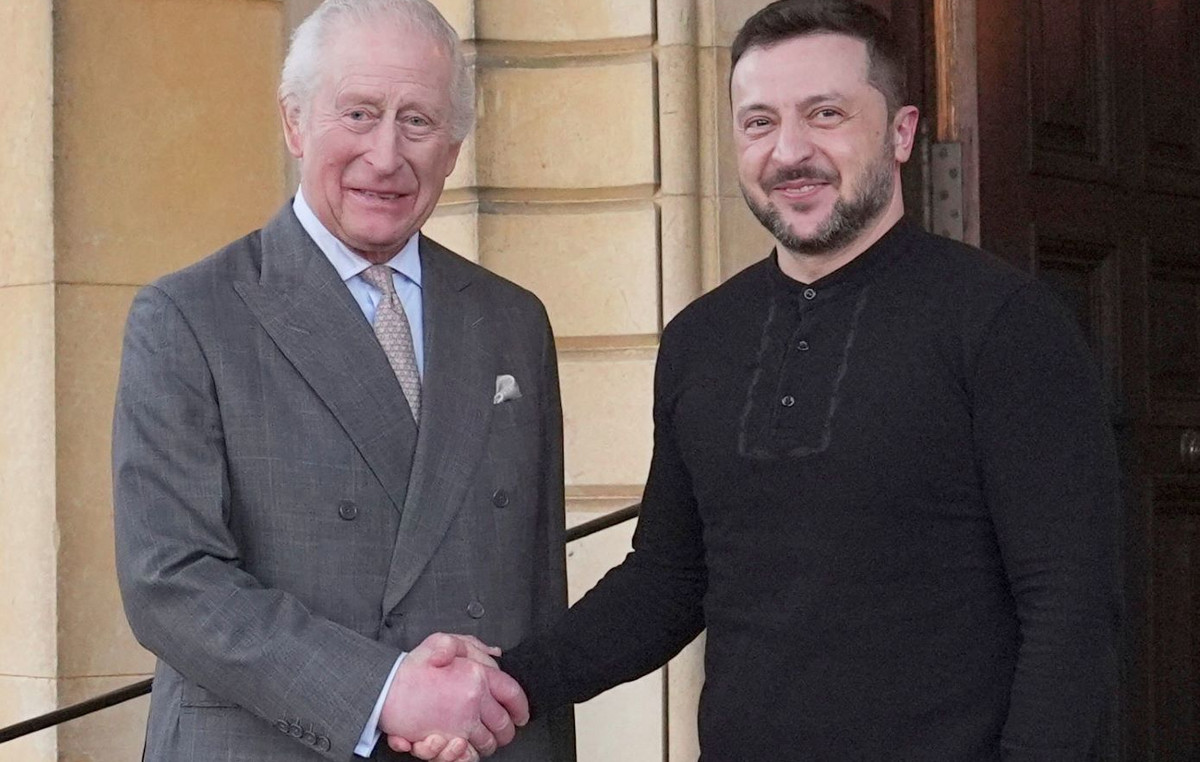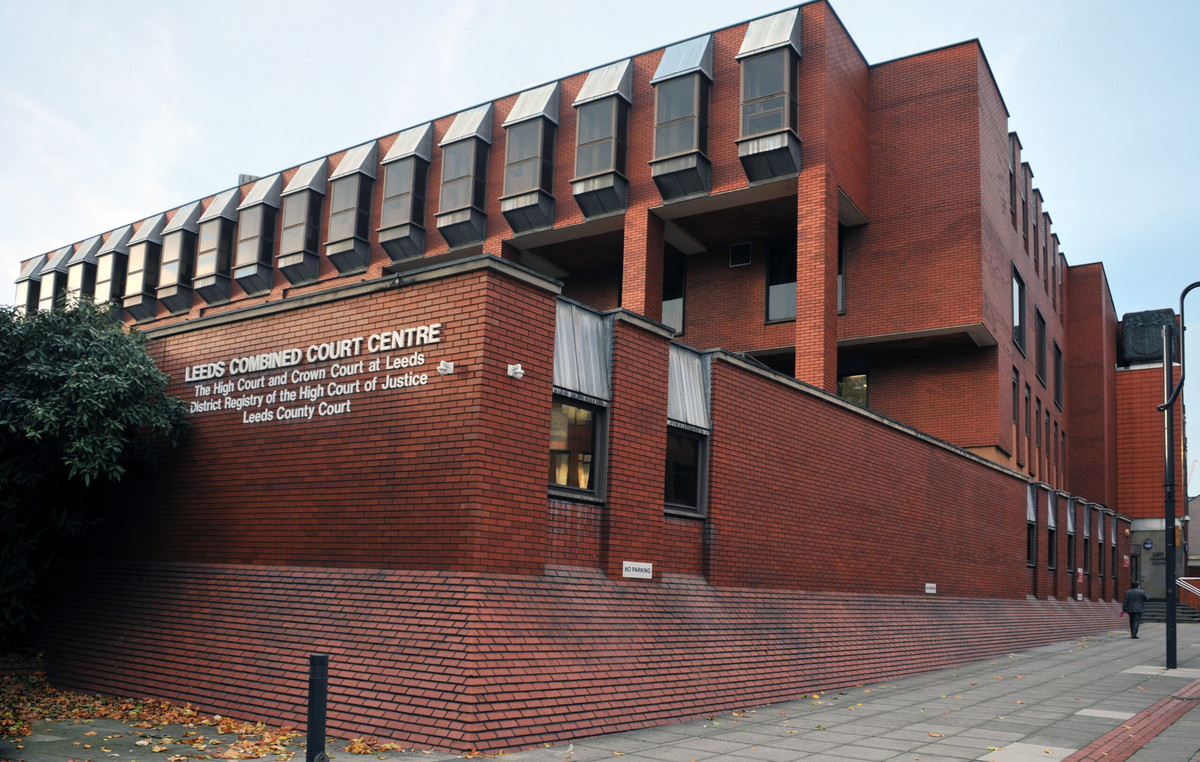Last week, a drone flew more than 350 miles, about 560 kilometers, beyond Ukraine’s western border before crashing into Croatia, a member country of the North Atlantic Treaty Organization (NATO).
The drone was carrying a bomb, Croatian officials said, and it is still unclear whether it belonged to Ukrainian or Russian forces.
Another drone recently entered the airspace of Romania, south of Ukraine. And on Tuesday, the Ukrainian military said it shot down a Russian drone that had re-entered Ukraine via Polish airspace.
The trio of drone incidents raised concerns that Russia’s war in Ukraine could spill over into NATO countries, even if unwittingly, forcing the alliance to decide how to respond – if at all – to incidents occurring within its borders. borders.
US defense officials say the errant drones that entered NATO territory appeared to be largely inadvertent.
Since the beginning of the Russian invasion, the US military has established a deconfliction line with Russia to reduce the risk of miscalculation and ensure that the two militaries operating so closely together do not inadvertently collide.
The US has tested the line “once or twice a day”, according to a senior defense official, but so far, it hasn’t been necessary.
But NATO has tried unsuccessfully to link up with Russia through a de-confliction hotline and written letters, raising concerns about Russia’s willingness to get involved as the invasion of Ukraine has spread further west, towards NATO territory, the organization’s senior military officials said on Wednesday.
“We are trying to communicate with them, of course,” one of the officials said at an information meeting at NATO headquarters. “But it takes two [lados] to communicate.”
Russia brought the fight closer to NATO’s doors last weekend with precision-guided missile strikes near Lviv, western Ukraine, targeting a military training facility just 10 miles from the Polish border.
These attacks came a day after Russian officials threatened convoys supplying Ukraine with weapons from the West, although a senior US defense official said the facilities were not being used for security shipments.
The US military has surveillance tools and sensors to help mitigate potential escalation, including the ability to pick up radar emissions and infrared signatures from missile launches out of Russia or Belarus.
US officials can then analyze the expected trajectory and try to monitor it — so if it deviates, there’s an understanding whether it’s deliberate or accidental, defense officials said.
While the US and NATO have stopped surveillance drone flights inside Ukraine, the US military is flying surveillance drones and U-2 planes along the border, as well as utilizing aerial satellites, according to officials.
NATO is also regularly flying its Air Alert and Control System (AWACS) planes near Ukraine. Patriot air defense systems have also been deployed to Poland to help respond to projectiles that might enter NATO airspace.
“There are lots and lots of drones flying around and so everyone is nervously looking over their shoulder at what’s going on,” said Tom Karako, a senior fellow at the Center for Strategic and International Studies.
“Given the scale of what Russia is undertaking here, this sort of thing is not surprising.” It’s one of the reasons why everyone is so tight right now.”
risk of accidents
Tensions over the prospect of Russian drones or bombs spilling into NATO territory arise as the Biden administration has drawn a careful line on what it is willing to do to help Ukraine fight the Russians.
The US and NATO provided Ukraine with hundreds of millions of dollars in security assistance, including anti-aircraft and anti-tank missiles, but the Biden administration opposed a plan that involved delivering Polish fighter jets to Ukraine via a German air base, warning that it would be an escalation.
US and NATO officials have also made it clear that they do not plan to send troops to Ukraine. But amid commitments by President Joe Biden and other senior officials to defend “every inch” of NATO territory, US and NATO officials are stepping up surveillance and patrols near the alliance’s border with Ukraine and in order to guard against any unintentional escalation.
“We are stepping up our surveillance, our presence, the way we control our airspace,” NATO Secretary General Jens Stoltenberg said at a press conference this week.
“We are both increasing the monitoring capabilities that we have to follow up, but also to ensure that we are able to react if necessary.”
Stoltenberg pointed out new Patriot air defense missile batteries that have been deployed along the alliance’s eastern flank.
Drone incidents, he said, “underline that with more military activities in the air, with drones and planes, there is a risk, for example, of accidents.”
“Therefore, we have to be extremely vigilant, we have to react when necessary and we have to ensure that we have the communications, the communications line also with the Russians to prevent an instance from actually creating dangerous situations,” Stoltenberg said.
Retired Lieutenant General Mark Hertling, national security and military analyst at CNN, said drones could veer off course if a pilot loses control, and the unguided missiles Russia uses could miss a target, with a range that raises the possibility of entering NATO territory, especially if Russian forces move further into western Ukraine.
But in any incident that could involve NATO airspace or territory, Hertling said, the key to avoiding escalation is communication.
“The details count, and when a NATO country is affected, we better get the details from Russia,” Hertling said. “And it better be fast, because that’s also a climbing move.”
eyes in the skies
The Russian drone that the Ukrainian military said was shot down after coming in from Polish airspace appears to be guarding the military training center that Russia attacked on Sunday, according to the Wall Street Journal.
Croatian Defense Minister Mario Banozic said the drone that crashed in an urban part of Zagreb flew through three NATO countries after leaving Ukrainian airspace, according to the Associated Press.
While the defense minister said the drone was armed with an explosive device, Stoltenberg told reporters it appeared to be unarmed.
“There are elements that indicate it could have come from both” Ukraine and Russia, Bonozic said.
Stoltenberg said NATO air and missile defenses followed the “flight path of an object” that had entered Romanian airspace on Sunday, and Romanian fighter jets came in to investigate. He said that NATO was reviewing the Romanian and Croatian incidents.
The current assessment of NATO’s Supreme Allied Commander, officials said, is that “there is currently no threat to NATO as such. It is not a deliberate threat from Russia.” Russia is, for now, occupied with Ukraine.”
But there are, of course, risks, the officials added, which is why there are now debates about moving NATO’s defensive systems further east.
“As we have now seen that Russia is prepared to use again, in the middle of Europe, military means to achieve political objectives, it is worthwhile, and will be discussed, to move forward with the integrated air and missile defense system to cover the areas adjacent to Russia. ” said one of the officers. Those areas include Belarus and potentially Ukraine, he added.
Jeff Edmonds, a senior analyst at the Center for a New American Security and former director for Russia at the National Security Council, said the risk to NATO territory will only increase as Russian forces move further west — and further west. close to the delivery of weapons that NATO is supplying to Ukrainian forces.
“If and when they make progress towards the West, they are more likely to feel that they have the freedom to maneuver to engage in things that cross the border,” Edmonds said of Russian forces.
“One scenario here is that Russia attacks – not really caring which side of the border – as long as it hits the target, figuring they can call the US and NATO bluff not to call a full-fledged war.”
Asked about Poland’s call on Wednesday to send NATO forces to Ukraine on a “peacekeeping” mission, NATO military officials suggested that such a plan would be unsustainable.
“We are looking at two nation-states that are at war. If they agree on a credible and robust peace agreement, I don’t necessarily see a need for a peacekeeping mission,” said one of the officials.
“And if we’re looking at the other version of ‘peacekeeping’, which is really ‘peace enforcement’, I mean war with Russia.”
“We would then have to ‘protect’,” the official explained, “and then shoot, and then kill, and then destroy.”
Source: CNN Brasil
I’m James Harper, a highly experienced and accomplished news writer for World Stock Market. I have been writing in the Politics section of the website for over five years, providing readers with up-to-date and insightful information about current events in politics. My work is widely read and respected by many industry professionals as well as laymen.







